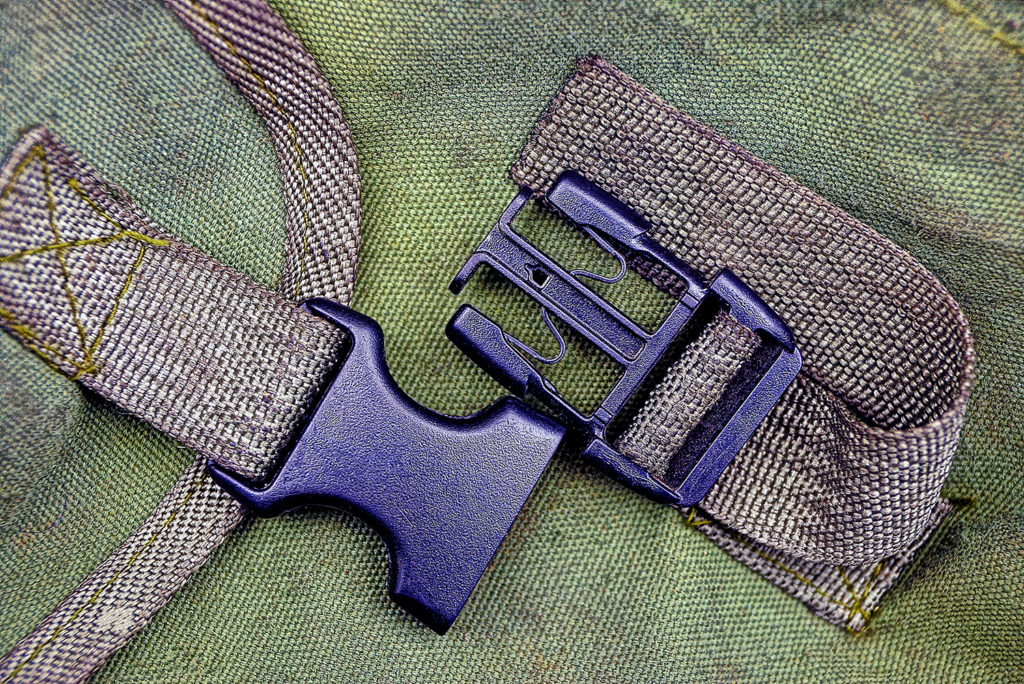Guide 2A Biosphere
Products
Quiz, Media, & Portfolio Directions
Review Biosphere Contents
Biosphere Objectives
Atmosphere
Describe the basic composition of Earth’s atmosphere, including how atmospheric gases relate to ozone depletion and acid rain; explain the greenhouse effect including how it relates to Earth’s climate; and provide examples of how light and color relate to leaf appearance and function.
Hydrosphere
Describe what a biogeochemical cycle is, providing examples of these nutrient cycles including sinks and the role of organisms; list key properties of the water molecule that make it significant for life as we know it; and describe ways water relates to the structures and distribution of plants.
Lithosphere
Explain the significance of bacteria in the nitrogen cycle; describe impacts on terrestrial ecosystems, including wind and soil erosion; and outline the key components of a field kit including why they are important.
Climate & Biomes
Explain how sunlight distribution leads to varied ecosystems at different latitudes; describe the impact of altitude and north vs. south-facing slopes on mountain habitats; and outline a climate and ecosystem tour from Newport on the Oregon Coast, over the Coastal Range, through the valley, over the Cascades Mountains, and into Eastern Oregon, including rainshadows along the route.
Biosphere Quiz
Biosphere Media
Introduced in Lithosphere section of this guide:
Field Kit
In this assignment you will be assembling a field kit for laboratory and field work. When complete, upload a photo to Canvas, and you can add information to the comment box provided, if desired.
You do not need to make purchases for this assignment. Creativity with re-purposed items is encouraged. Contact the teaching team if you have difficulty selecting an item.

Your field kit should contain:
Safety Gear: could be a smaller safety kit, your safety checklist, and/or other safety materials you feel are important.
Weather Gear: could include a hat, sunscreen, heavy clothes, whatever you feel you will need to use in your weather conditions.
Map(s): directions to at least three locations where you think you may find an ecosystem with observable organisms. This can be in a building or outdoors. The map or maps can be on a digital device (arranged in the field kit photo) or printed out.
Data Collection Materials: could include a ruler, watch/timer, camera phone, journal, note pad, pencils, plastic bags, binoculars or whatever else you come up with.
A Creative/Personal Addition: could be a towel (for fans of Hitchhiker’s Guide to the Galaxy), camping gear, a compass, a container for specimen storage, or something innovative for collecting information about animals.
Something to Carry Everything in: could be a backpack, a garbage bag (we’ve used these), a bucket, or whatever you plan to use.
Portfolio
Portfolio Directions
Images of your field kit can be added to your final Portfolio. Additional ideas are available on this week’s resource page.




